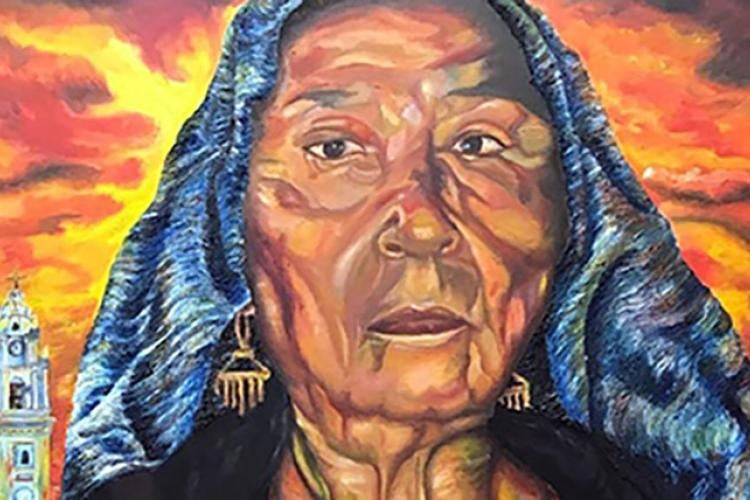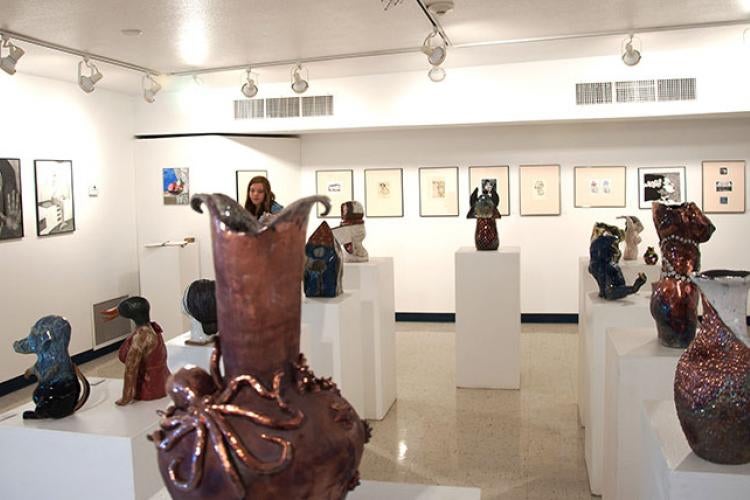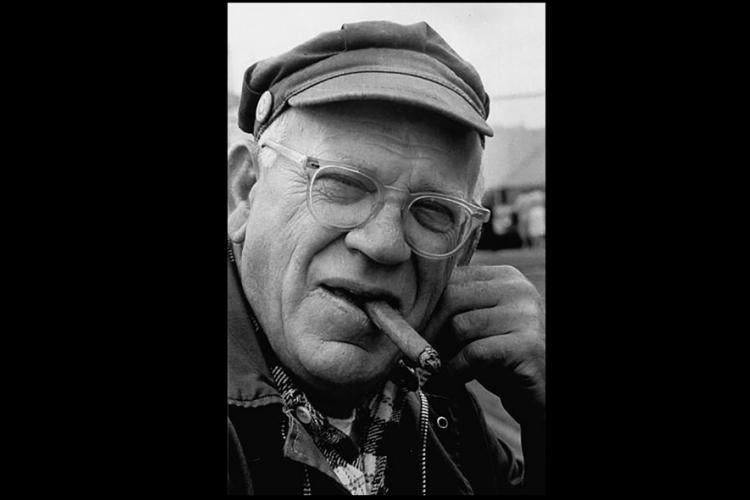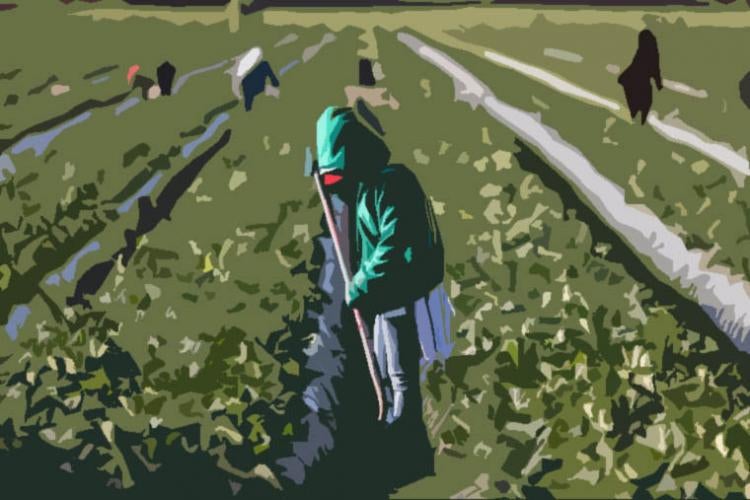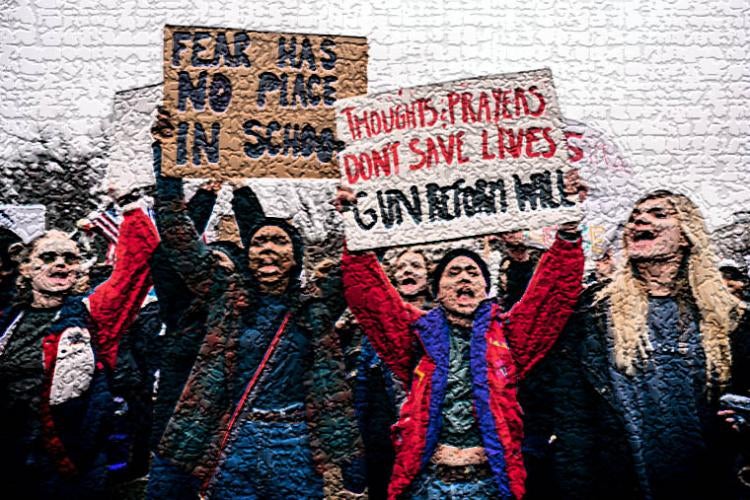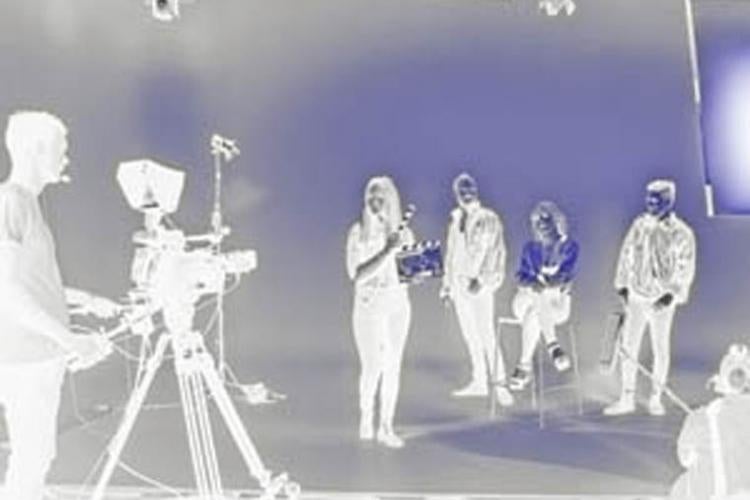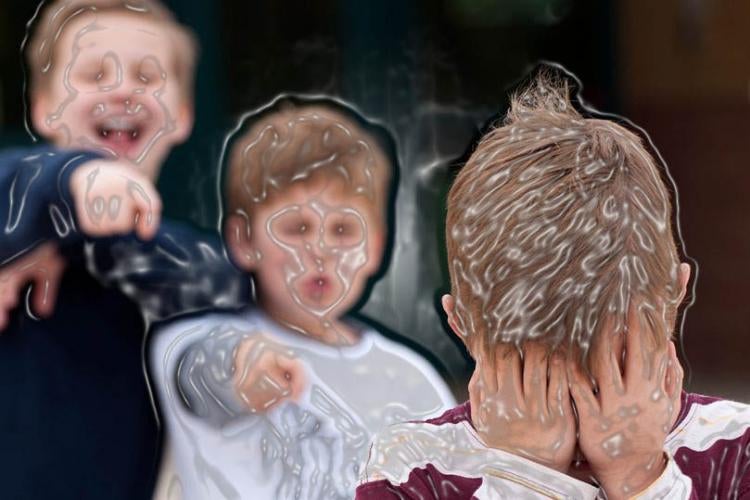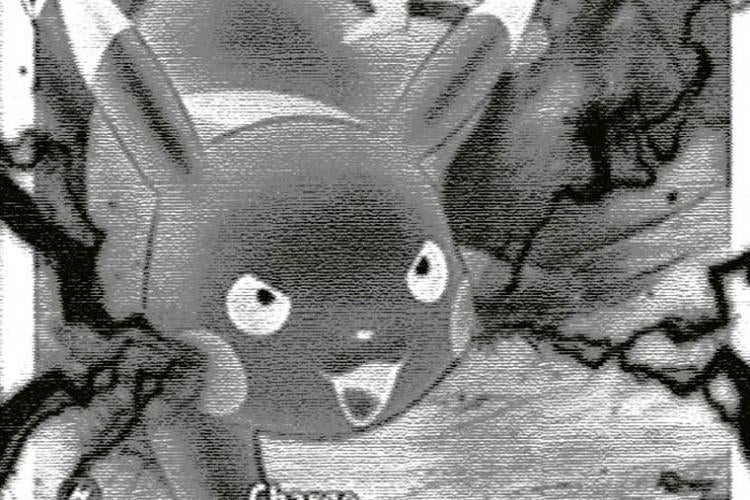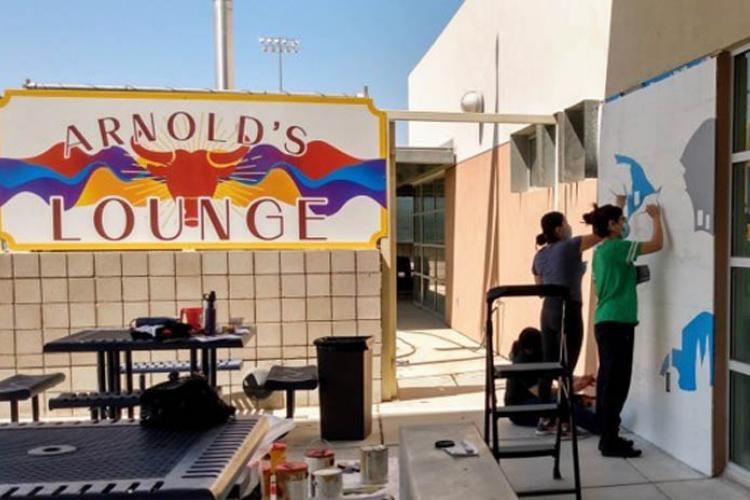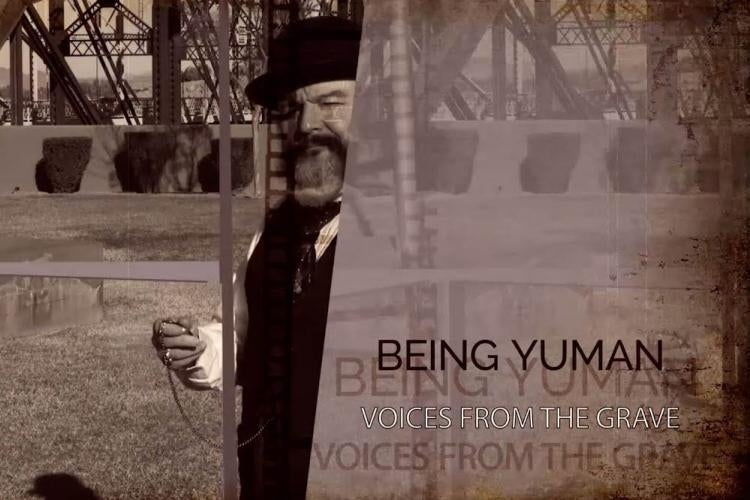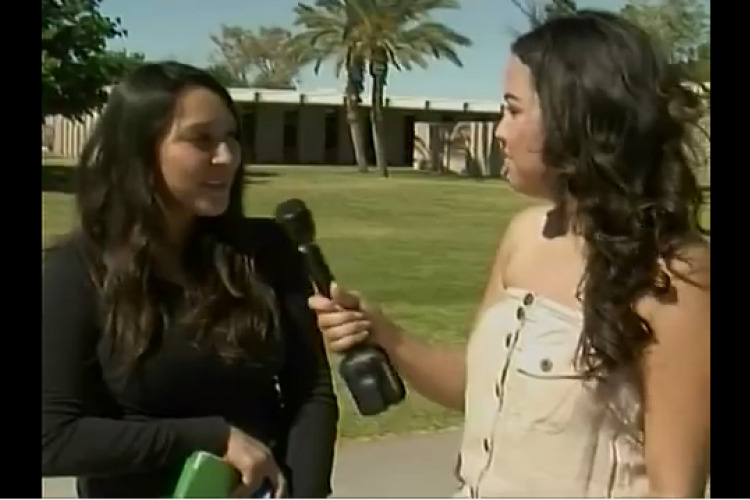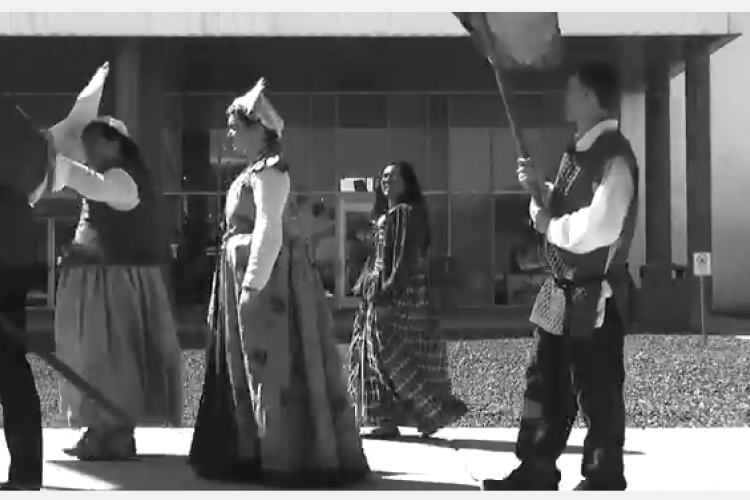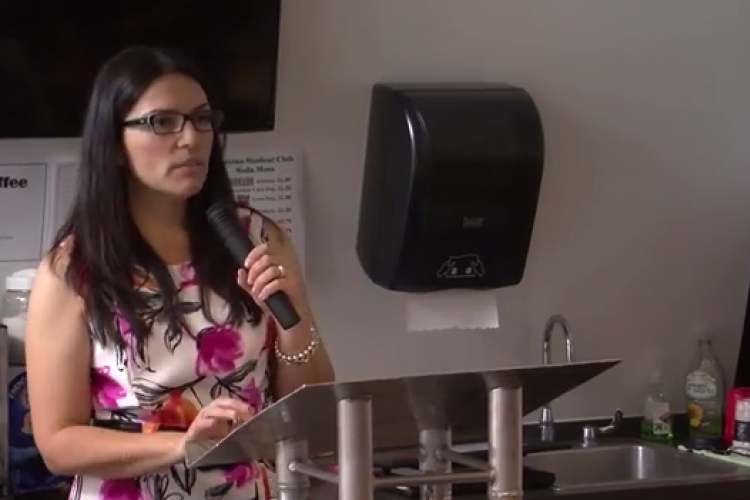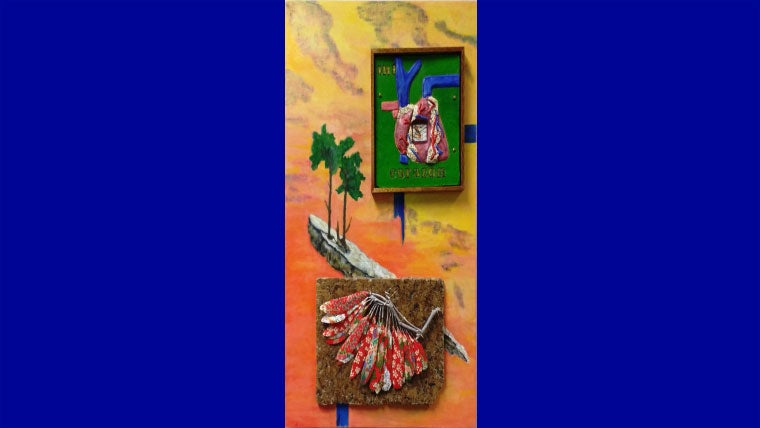
Collation diversity
“I feel free to use whatever medium that is at my disposal to create art,” says local artist Blackmer-Blomquist.
Blackmer-Blomquist held her own exhibition, with multimedia pieces that included acrylic, wood, feathers and, surprisingly, a real bird’s skull. The exhibit was held at the Arizona Western College San Luis Learning Center during February.
She has also made use of unusual media like clay, leaves from the trees in her back yard, an old paper bag and personal items that she has saved.
Blackmer-Blomquist describes her art as “2-D and 3-D collages, with a mish-mash of different parts that strive to create a harmonious union, like the bits and pieces that make up a cherished memory.”
The seven pieces from the exhibition are from the Exile series she started eight years ago. This series explores love, failure, isolation, freedom, ascension and limitation using visual characters – hearts, brains, birds and wings.
Blackmer-Blomquist wants us viewers to ask ourselves questions like who we are, how we got here and whether we can rise above our limitations. The art might seem ambiguous to the average viewer, but it is personal to the artist.
For example, she uses cherished postcards from her past in her art pieces. In “I’ll Fly Away,” there are two post cards with birds in front of a piece of sheet music. “Letter for Joseph” is quite similar but has a different piece of literature in the background. “Redemption” has a 3-D model of a symbolic death by burning, with birds and their body parts used rather than human models.
“Now, Later,” made of paper mache, was generated in part from reading about climate change. With this piece, featuring an ammonite fossil, she wants us to ask, “Will we end up like the dinosaurs?”
Throughout her other pieces, there is a continued use of text, like more post cards, old photographs and pieces of literature used as background that seem personal to the artist. Upon close examination, the viewer can read the text and decipher the message behind the piece.
“I’m an avid reader!” Blackmer-Blomquist says. “Many of my pieces are influence by what I read.”
She cites every art piece that has words in the background (in “Movement” she used actual pages from Charles Dickens’ novel A Tale of Two Cities) although she usually uses facsimiles.
The Exile series may seem mysterious or odd at first. But, if viewers looks long enough, they may be able to relate the art to themselves and their own emotions.
“The series explores questions like what is our place, where do we come from, how do we fit in and where are we headed,” says Blackmer-Blomquist.
She continues to work on her Exile series with several more pieces in the works.
“It’s my sincere hope that my work is the vehicle for communication between me and the audience,” she says. “Those are the stories I have chosen to tell, and, like any storyteller, I hope the work entertained and provided food for thought.”
Art work by Stacy Blackmer-Bloomquist

